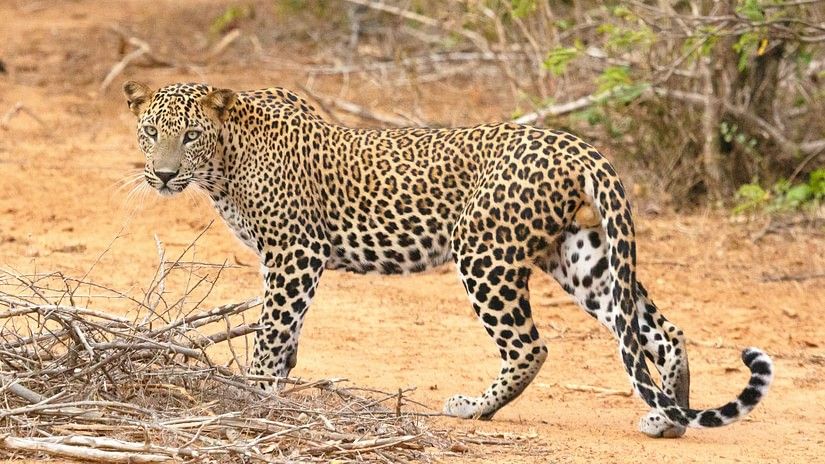- Celebrating Kandy Esala Perahera
- Things to Do in Sri Lankan Monsoon
- Chennai to Sri Lanka Cruise
- Sri Lankan Cuisine
- Sinhala New Year
- Plan the Perfect Family Trip in Sri Lanka
- Wildlife in Sri Lanka
- Hidden Gems of Sri Lanka
- Famous Festivals in Sri Lanka
- The Buddhist History of Galle
- Water Sports in Galle For An Exhilarating Experience
- A Guide to Finding the Best Beaches in Galle
- Best Time to Visit Galle, Sri Lanka
- Happy Holidays? That’s So Sri Lanka!
- Only at OTP
- Sri Lankan Culture and Cuisine
- Botanik Travelogue
- 72 Hours On The South Coast: Island Romance
- A World of Wellness
- Twenty Reasons to Visit the South Coast of Sri Lanka in 2022
- Whale Watching in Sri Lanka
- Shopping For Food In Galle
- Things to do when you visit the OTP Hotel
- Discover Galle, the Old Town of Rich Architecture in Sri Lanka
- Destination Wedding in Galle, Sri Lanka
- Galle Fort: A Masterpiece of Dutch Colonialism
- Fall in Love with the Simplicity of Mihiripenna Beach

Sri Lanka offers different cultures, climates, cuisines, mesmerising landscapes, religions and ethnic backgrounds. This little island country is located in the Indian Ocean and is shaped like a teardrop. Sri Lanka has a coastline of almost 830 miles and offers breathtaking beaches with bewitching sunsets. Apart from a rich historical past and beaches, Sri Lanka is home to verdant flora and alluring fauna.
Elephants of Sri Lanka
The Sri Lankan elephants are indigenous to this island and are one of the three subspecies of the Asian Elephant. These Elephants are primarily found in the North, East and Southeast of Sri Lanka. These native Elephants have dark patches on their bodies and depigmentation around their belly, ears and trunk. Adult Elephants attain a height of 12 ft., and female Elephants are a little shorter than males. The oldest female Elephant or matriarch leads the herd, which ranges from 12 to 20 Elephants, including lactating females, calves and tusker males. However, in recent years, the primary threat to Sri Lankan Elephants has been urbanisation and the cutting down of forests, which adversely affects their migratory routes. Elephants hold cultural, symbolic and economic importance to Sri Lanka. Therefore, the government has started taking the required measures to protect those herbivore tuskers.


Asian Leopards of Sri Lanka
Panthera pardus is the scientific name given to the Sri Lankan Leopards. These native Leopards have rusty yellow coats with dark spots that look like rosettes over their body. These elusive and shrewd carnivores are excellent climbers and can kill prey larger than their size. The height of these Leopards varies from 45 cm to 80 cm, and research says males are up to 30% larger than females. This Sri Lankan subspecies is one of the largest leopards found in the world. Tourists who wish to witness this beauty can visit different national parks in Sri Lanka like Yala National Park, Udawalawe National Park, Sinharaja Forest Reserve and Wilpattu National Park, among others.
Yala National Park
Yala National Park is undeniably one of Sri Lanka's most famous wildlife parks. This park occupies a vast part of the island's southeastern corner. This national park is divided into five blocks and stretches from the interiors of the jungle to the beaches of the Indian Ocean. 2 important Buddhist pilgrim sites are located within the park, namely, Sithulpahuwa and Magul Vihara. This park is an avid traveller's paradise. One can witness herds of Elephants, Deers, Monkeys, Sri Lankan Sloth Bears, Leopards, Red Slender Loris, Golden Palm Civets and many more.


Udawalawe National Park
Udawalawe National Park was established to protect and provide a sanctuary for endangered Sri Lankan Elephants. Approximately spread across 30,821 hectares of land, this sanctuary is also home to various water birds and other wildlife like Mugger Crocodiles, Pied Cuckoos, White Wagtails, Golden Jackals, Grey Langurs, 30 different species of Snakes and much more.
Sinharaja Forest Reserve
The Sinharaja Forest Reserve shelters a vast number of indigenous and migratory birds and is a haven for ornithologists. Declared a World Heritage Site by UNESCO, this tropical rainforest is home to rare endemic fauna. Lastly, pay a visit to the local watchtower that is ideal for bird watching in Sri Lanka.

Explorers can partake in short treks, beach visits and more when planning your Sri Lanka safari. When you are planning a visit to these national parks in Sri Lanka, consider staying at Owl and the Pussycat Hotel. Our hotel offers luxurious accommodations and is undoubtedly the best stay in Galle.

